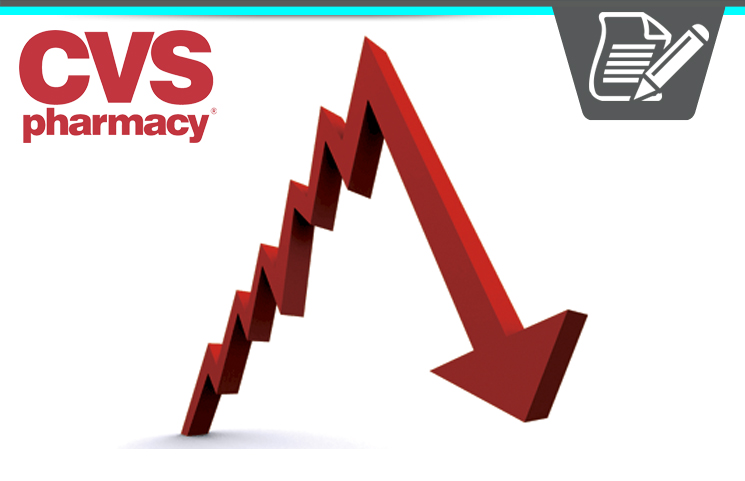Is CVS's Prescription Drug Supply In Trouble?
CVS is America’s largest drugstore chain. That could change in the future, however, as the company just announced that it expects to lose 40 million prescriptions due to a surge of competition from other drugstore competitors.
That competition comes from Walgreens Boots Alliance Inc. That company has signed deals with other participants in America’s drug supply chain that shut out CVS pharmacies.
As a result, CVS expects to lose 40 million prescription drug sales next year. The company announced the news while also revising their profit outlook for the rest of the year. CVS’s share price plummeted 13% after the news was announced.
Walgreens, the number two drugstore chain in America behind CVS, recently struck deals with health plans that entirely exclude CVS drugstores from drug supply networks. That will lead to a drop in the number of prescription drug sales at CVS pharmacies across the United States. In 2015, CVS filled 1.03 billion prescriptions across the country.
“We have always said that our last scripts are our most profitable,” Mr. Merlo said on a conference call with analysts. “Unfortunately, this means that the scripts we lose will tend to be our most profitable scripts.”
How Did CVS Let This Happen?
CVS pioneered a unique business model in the pharmacy industry. That business model puts drug insurance and nearly 9,700 pharmacies together under the same roof. At the same time, CVS has organizations like CVS Health Caremark that operate as a middleman between insurance companies, corporations that pay for health coverage, drugmakers, and pharmacies. These middlemen help process prescription drug claims while negotiating with drugmakers and insurance companies over prices.
CVS’s business model means that they have been able to closely align the business of both Caremark and their CVS stores, allowing patients to easily fill their prescriptions at any CVS chain – and in a variety of methods.
For example, many patients rely on CVS’s Maintenance Choice program, which allows them to get 90 day prescriptions filled through mail or at CVS stores for the same cheap price.
So that’s CVS’s business model. The other question is: how did they let this happen? This business model left an opening for competitors like Walgreens to partner with other middlemen (like CVS’s Caremark). Because CVS owns Caremark, they can’t have a business relationship with other drug industry middlemen.
As one analyst explained, “Walgreens is using CVS Health’s strengths against it.”









